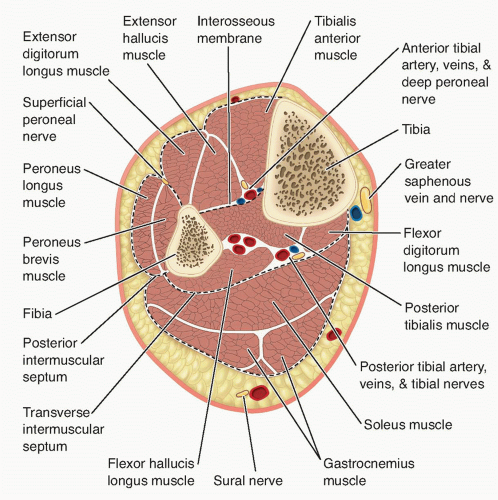

also known as extensor compartment of the thighĭeep fascia forming a tubular investment of the thighįascia lata is thickened laterally to form the iliotibial tract/band it is connected to the femur by the lateral and medial intermuscular septa which divide the thigh into compartments Scarpa's fascia attaches to the external surface of the fascia lata inferior to the inguinal ligamentĭeep fascia forming a tubular investment of the legĬrural fascia is continuous with the fascia lata at the level of the knee it is connected to the fibula by the anterior and posterior intermuscular septa crural fascia is thickened near the ankle to form the extensor and flexor retinaculaĭeep fascia covering gluteus medius m., it extends between the iliac crest and superolateral border of the gluteus maximus m.Ī short diverticulum within the femoral sheath that extends distal to the inguinal ligament on the medial side of the femoral vessels its boundaries are: medial - lacunar ligament lateral - fascia on the femoral vein anterior - inguinal ligament posterior - fascia on the pectineus m.įemoral canal is the medial compartment of the femoral sheath it opens into the abdominal cavity superiorly at the femoral ring it may be the site of a femoral hernia usually contains a deep inguinal lymph node (gland of Cloquet) also known as: extensor compartment of the legĪ connective tissue compartment that contains muscles that extend the knee its boundaries are: anterior and lateral - fascia lata of the thigh posterior femur, medial intermuscular septum and lateral intermuscular septumĪnterior compartment of the thigh contains the quadriceps femoris m.and and v.Ī connective tissue compartment that contains muscles that dorsiflex the ankle its boundaries are: tibia, fibula, interosseous membrane, anterior intermuscular septumĪnterior compartment of the leg contains the tibialis anterior m., extensor hallucis longus m., extensor digitorum longus m., fibularis tertius m. pass through the adductor hiatus to reach the posterior surface of the knee, where their name changes to popliteal a. its boundaries are: medial - portion of the tendon of adductor magnus that attaches to the adductor tubercle, lateral - insertion of the adductor magnus into the linea aspera, inferior - femurįemoral a. also known as: Hunter's canal, subsartorial canalĪn opening in the tendon of insertion of the adductor magnus m. It begins proximally at the inferior angle of the femoral triangle and ends distally at the adductor hiatusĪdductor canal contains the femoral a. The operation is similar to the one used to treat acute compartment syndrome.A musculo-fascial canal that contains the large neurovascular bundle of the anterior thigh its boundaries are: anterior - sartorius m. If your symptoms do not improve after trying these things, surgery may be an option.

use inserts (orthotics) in your shoes if you start running again.use anti-inflammatory painkillers to reduce the pain and discomfort.avoid the activity that caused them – if you run, switching to a low-impact exercise, such as cycling, may help.Treatment is often not needed for compartment syndrome that develops gradually.
#Thigh compartments full#
You may also need physiotherapy to help regain full movement in the affected part of your body.
#Thigh compartments skin#
This is known as a skin graft.Īfter the operation, you’ll have medicine to help ease any pain. Sometimes, skin may need to be removed from another part of the body and used to cover the wound. During a fasciotomy, the surgeon makes cuts around the muscle to relieve the pressure. This type of surgery is called a fasciotomy. If compartment syndrome happens suddenly, you’ll need surgery as soon as possible to relieve the pressure in the muscle.

Treatment for compartment syndrome depends on whether it happens suddenly or comes on gradually. Measuring the pressure inside a muscle is usually only recommended if your symptoms and other test results suggest compartment syndrome.


 0 kommentar(er)
0 kommentar(er)
